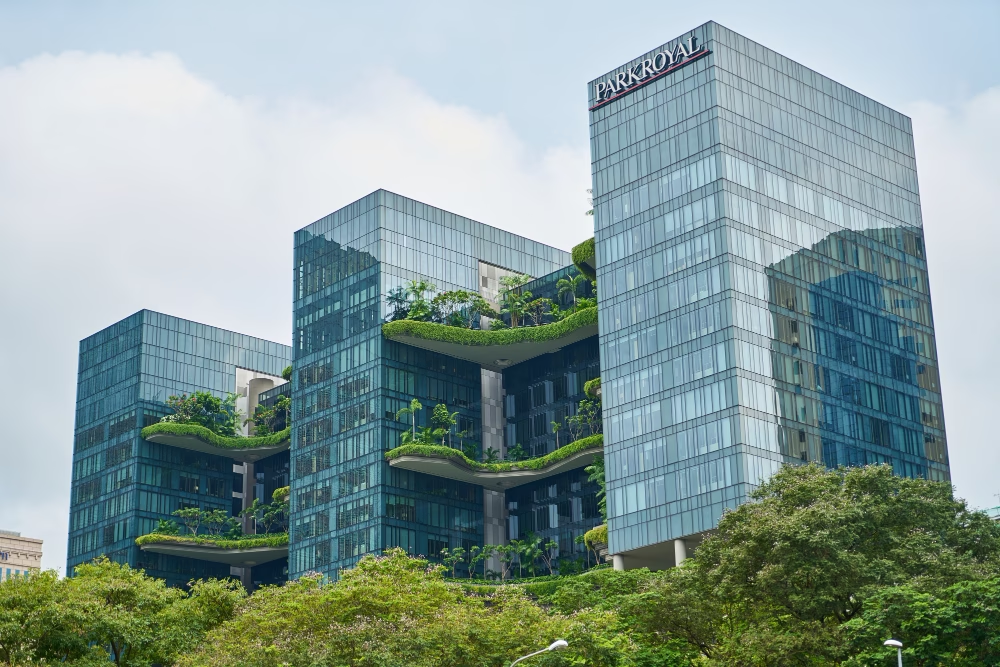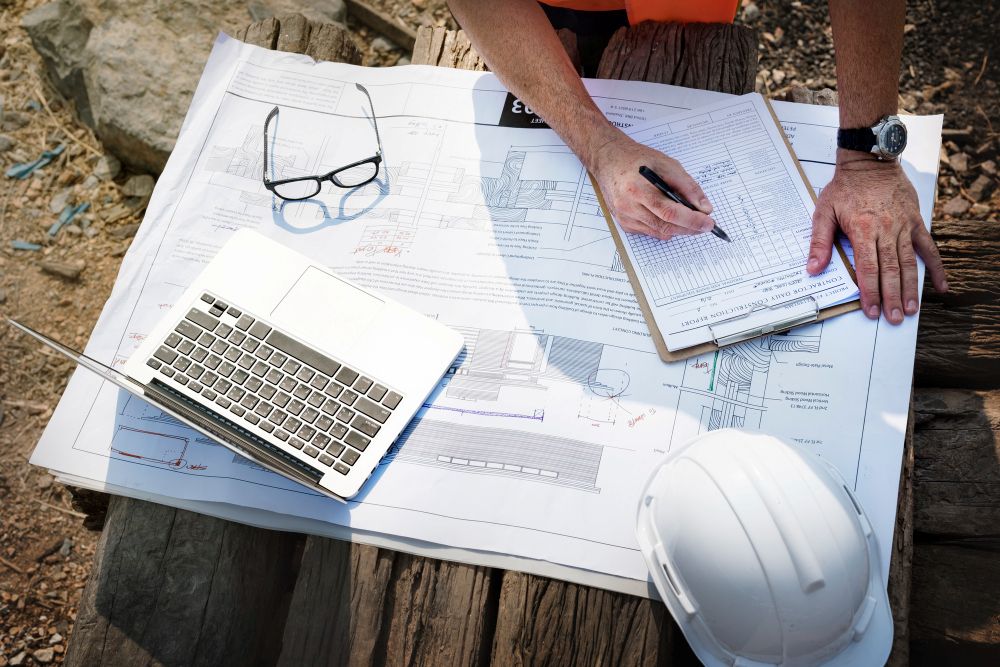
Urban Design Services That Meet Australian Green Building Standards
Discover how urban design services help meet Australian green building standards. Learn how Smart Planning and Design supports sustainable, compliant projects.
read more

Truly great cities in Australia are built not just on economic prosperity and efficient transport, but on the strength of their communities. At the heart of thriving urban environments lies a vital network of facilities and services that underpin collective well-being and liveability: Social Infrastructure.
At Smart Planning and Design, we are experts in strategically planning and designing accessible, inclusive, and future-ready social infrastructure within the complex landscape of urban planning Australia. We believe that thoughtful planning of these essential assets is paramount to creating places where people genuinely connect and flourish.
Social infrastructure encompasses the facilities, spaces, services, and networks that support the quality of life and well-being of our communities. It's where people learn, heal, play, connect, and access essential support. Key examples include:
These assets, while sometimes smaller in individual scale compared to economic infrastructure, form interconnected networks that are critical for social identity, inclusion, and cohesion, contributing significantly to Australia's economy and overall liveability. They are fundamental building blocks for creating complete, liveable neighbourhoods and fostering a strong sense of belonging. Our commitment to People-Centred Urban Planning in Australia - Smart Planning and Design guides all our social infrastructure initiatives.
Strategic social infrastructure planning is not merely a reactive measure but a proactive imperative for sustainable urban growth:
Despite its undeniable importance, planning for social infrastructure in Australia faces several persistent challenges:
Smart Planning and Design offers comprehensive services to navigate these complexities and deliver impactful social infrastructure outcomes:
Our human-centric approach, deep understanding of community dynamics, and expertise in strategic land allocation and facility design set us apart in the Australian urban planning context. We excel at translating complex demographic data into tangible planning outcomes that genuinely enhance liveability and foster social cohesion.
Our social infrastructure planning is designed to build responsive communities (see Smart Public Services & Citizen Engagement in Urban Planning Australia - Smart City SS). While SmartCitySS focuses on the smart systems that operate facilities (e.g., Smart Energy Management & Renewables in Urban Planning Australia - Smart City SS for community centres), Smart Planning and Design plans and designs their strategic location and seamless integration into the urban fabric. Furthermore, successful social infrastructure delivery often relies on smooth Land Use Rezoning & Development Approvals in Urban Planning Australia - Smart Planning and Design).
Robust social infrastructure planning is indispensable for creating truly liveable, equitable, and resilient urban planning in Australia. Smart Planning and Design is your trusted partner to ensure your projects contribute meaningfully to community well-being, crafting places where people can thrive now and into the future.
Explore Our Strategic Planning & Design Services
Contact us today to discuss how Smart Planning and Design can help you integrate intelligent social infrastructure into your next urban development, fostering vibrant and resilient communities across Australia.
Urban Planning Australia: Building Communities from the Ground Up.

Discover how urban design services help meet Australian green building standards. Learn how Smart Planning and Design supports sustainable, compliant projects.
read more

Discover the benefits of mixed-use developments in town planning Australia. Learn how they boost convenience, sustainability, and community connection.
read more

Discover why feasibility studies are essential in town planning Australia. Learn how they save time, reduce risks, and improve approval chances.
read more